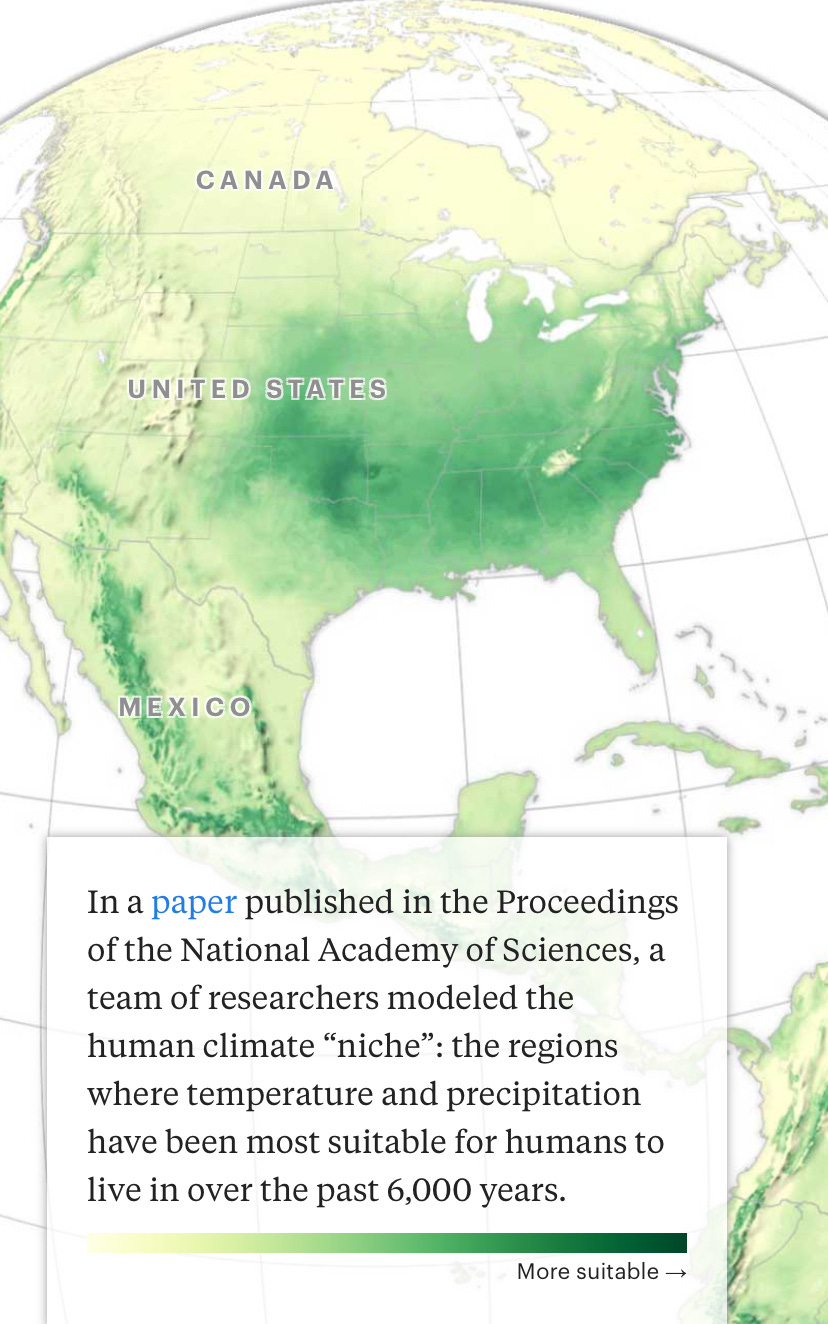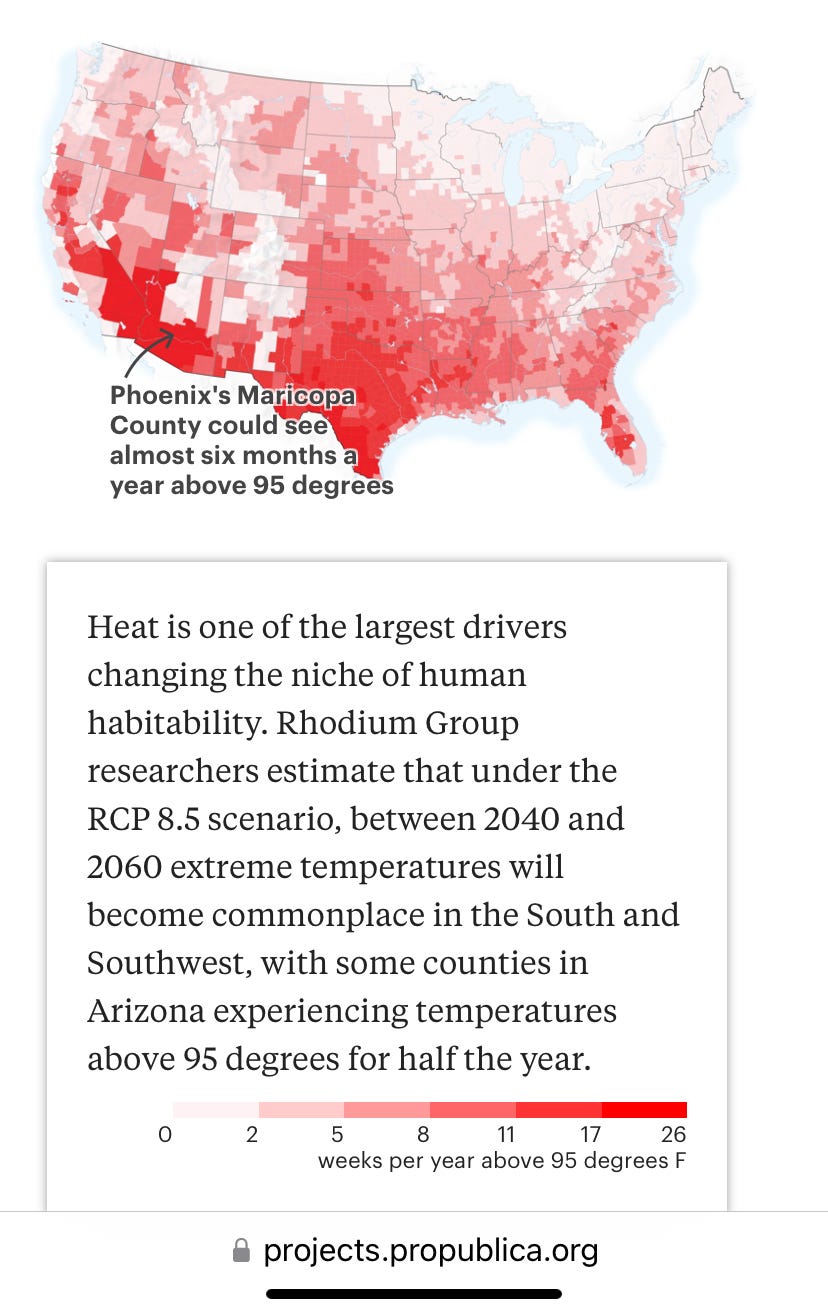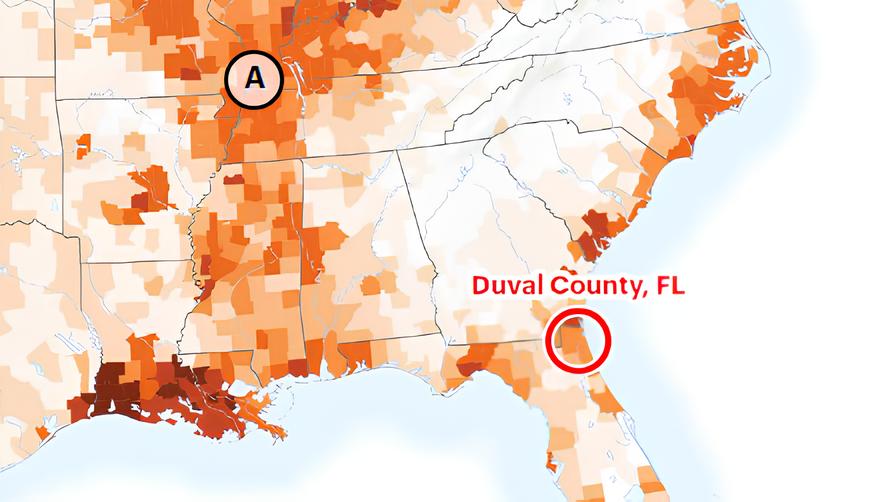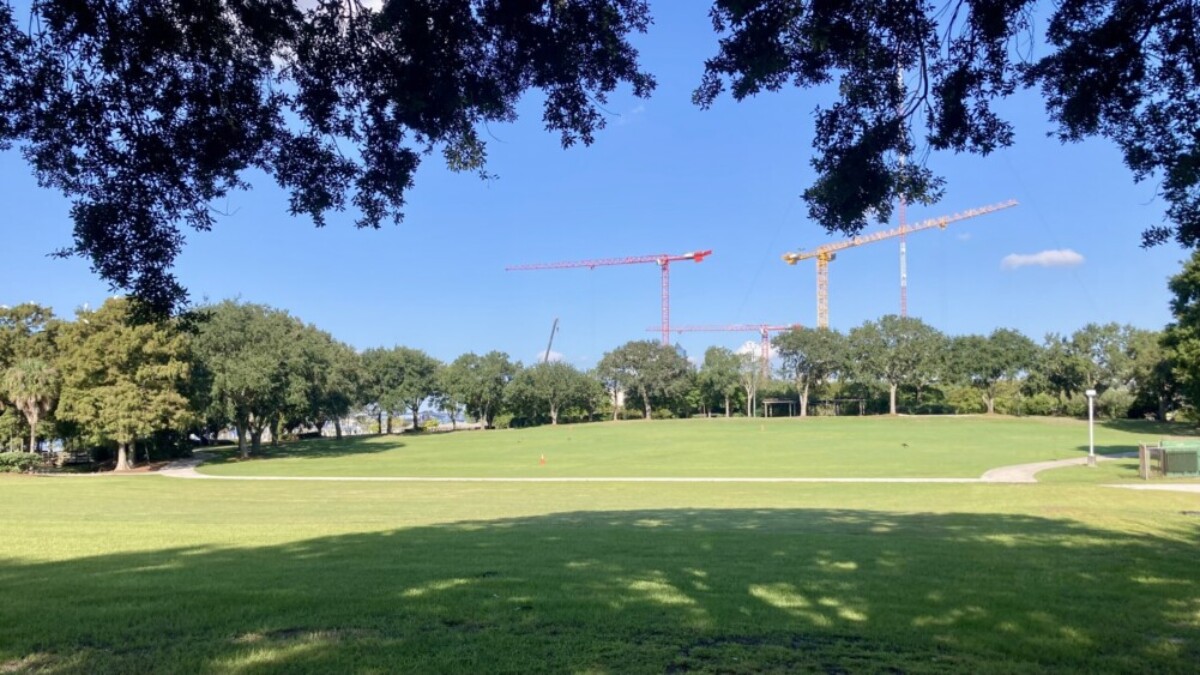If a human generation measures roughly 20 years, American Baby Boomers took our first steps almost four generations ago (1946), long before words and phrases such as ecology and climate change and heat islands entered our everyday lexicon.
We can attest to how quickly 20, 30, 40 even 80 years pass. Like the blink of an eye. A nanosecond. Truly.
Shaped in part by our parents’ experience with the Great Depression and the Second World War, our existential worries as young people centered on the prospect of nuclear war. Not on the next flood. Or the next heat wave. Or the next hurricane.
Yesteryear’s South
Before our parents bought their first “window-units,” those of us who grew up in the Deep South knew hot, humid days and dust-up tornadoes, “gully-washers,” and hurricanes before the Cat 1-5 scale existed.
As children, we did not hear warnings of a planet not fit for human habitation. We had no inkling of generationally destabilizing weather patterns, never heard of melting arctic circles, rising sea levels, or climate change migrants.
Eventually, when and if we did, we could easily put such incomprehensible thoughts out of mind, what with some futuristic, unwelcoming habitat arriving well beyond any horizon we could see. Twenty, 40, 60, 80 years into the future was impossible to fathom.
But here we sit. Having arrived at a destination none of us want.
Unimaginable, let alone inconvenient
In a 2017 interview with Fareed Zakaria, former Vice President Al Gore said watching daily television weather news was “like a nature hike through the Book of Revelation.”
Love him, hate him, agree with him about who bears major responsibility for climate change realities or not—our insatiable fossil fuel appetite or Mother Nature’s natural cycles—you gotta admit, that’s funny.
Gore was referring to extreme weather events—especially 500 and 1,000 year floods, devastating hurricanes—becoming “commonplace.”
We bear witness. We see it; we feel it: Places we know and love—Mexico Beach, Chimney Rock, Asheville, Cedar Key, Florida’s West Coast barrier islands—transformed. Whether we believe climate change to be real or not, increasingly frequent and more devastating weather patterns in this region we love and call home cannot be denied.
Climate migrants
We see them on the nightly news. They’re from Bangladesh.
Soon they will be from Florida. But North Carolina will not be their destination.
In “Future of the Human Climate Niche,” a 2020 academic paper published in Proceedings of the National Academy of Science, the authors estimate that over the next 50 years, “1 (billion) to 3 billion people are projected to be left outside the climate conditions that have served humanity well over the past 6,000 years.”
Seems our comfortable, livable niche is somewhat narrow, and will get smaller in less time than aging Boomers have roamed the earth. Folks might stay in place, but to do so comfortably, those places must be built differently.
According to Rhodium Group and data visualized in a 2020 ProPublica story titled “New Climate Maps Show a Transformed United States,” the U.S. will turn from green to red.
From this:

To this:

Between 2040 and 2060, “humidity and heat”—not hot temperatures alone—the authors assert, “will collide to form ‘wet bulb’ temperatures that will disrupt” daily living, with people and farming moving from the South and coastal areas to the northern Midwest and Great Plains.
Wet bulbs?
Interactive maps
The tool embedded in the ProPublica article allows folks to click on any U. S. county to see how that county’s human livability is projected to change over the next 20 to 40 years.
Forty years? Half the number of years since Boomers took our first baby steps.
It might become a great relocation tool.
This column is published through a partnership with JaxLookout.






